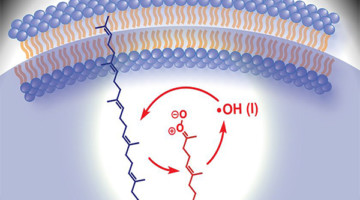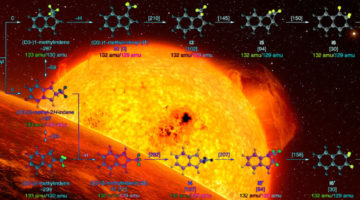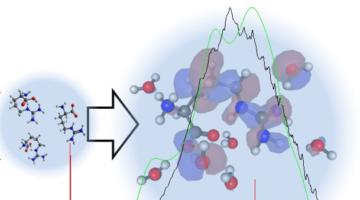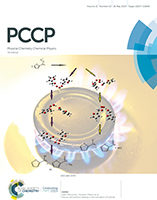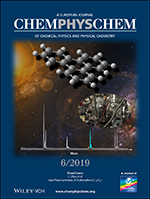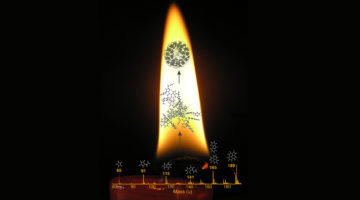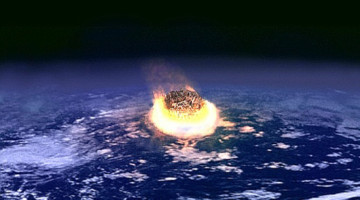Researchers employed mass spectrometry to illuminate lipid nanodroplets under ultraviolet light. The results unexpectedly showed that hydroxyl radicals cause damage to cells via the formation of Criegee intermediates: molecules first proposed in 1975 to explain how pollutants react with the ozone layer in our atmosphere. Read more »
ALS Work Using Mass Spectrometry
Mass spectrometry is an experimental technique used for identifying molecules. Neutral molecules are ionized, and the charged species are sorted by magnetic and/or electric fields according to mass. A mass spectrum is a plot of the ion signal intensity as a function of mass-to-charge ratio (m/z). The atoms or molecules in a sample can be identified by correlating the mass spectrum with known molecular masses or characteristic fragmentation patterns.
Scientists Discover New Clue Behind Age-Related Diseases and Food Spoilage
Scientists at Berkeley Lab have made a surprising discovery that could help explain our risk for developing chronic diseases or cancers as we get older, and how our food decomposes over time. The findings point to an unexpected link between the ozone chemistry in our atmosphere and our cells’ hardwired ability to ward off disease. Read more »
Study Reveals ‘Radical’ Wrinkle in Forming Complex Carbon Molecules in Space
Scientists have identified several avenues by which ringed molecules known as polycyclic aromatic hydrocarbons can form in space. PAHs—which also occur on Earth in emissions and soot from the combustion of fossil fuels—could provide clues to the formation of life’s chemistry in space as precursors to interstellar nanoparticles. Read more »
Fundamental Property of Arginine Revealed Through Solvation
Just 20 amino acids act as building blocks for all our proteins, but their chemical properties have been difficult to study at the most fundamental level. Combining experiments and theory at the ALS, researchers have now determined the ionization energy of arginine, an amino acid with over 100 isomers. Read more »
How Light-Harvesting Bacteria Toggle Off and On
Researchers clarified the atomic-level mechanism that enables bacteria to switch light harvesting off and on in response to potentially damaging overexposure to light. The results could have long-range implications for artificial photosynthesis and optogenetics—the use of light to selectively activate biological processes. Read more »![]()
![]()
Peroxy self-reaction leading to the formation of furfural
Furan and its alkyl derivatives, such as methylfuran (2MF), have been identified as valid alternative biofuels. This study focuses on the self-reaction of the peroxy radical generated in the first oxidation step of 2MF. The mass spectrometry data reveal that furfural is the dominant product of 2MF oxidation. Various reaction mechanisms for furfural formation are proposed here. Read more »
Gas‐Phase Synthesis of Triphenylene (C18H12)
The cover image shows the triphenylene molecule as a potential precursor to two‐dimensional graphite nanosheets in the interstellar medium. The barrier‐less, exoergic nature of the reaction reveals a versatile reaction mechanism that may drive molecular mass growth processes in cold environments in deep space. Read more »
The Smoking Gun of Soot Formation
Scientists identified a mechanism for the formation of soot involving a series rapid chemical reactions rather than the typical condensation of particles from gas. The results are critical to developing methods for controlling emissions responsible for millions of deaths annually, severe degradation of air quality, and enhanced global warming. Read more »![]()
![]()
Scientists Present New Clues to Cut Through the Mystery of Titan’s Atmospheric Haze
Saturn’s largest moon, Titan, has a nitrogen-rich atmosphere, the formation of which has been the source of some scientific debate. Researchers have zeroed in on a low-temperature chemical mechanism that may have driven the formation of multiple-ringed molecules—the precursors to more complex chemistry now found in the moon’s brown-orange haze layer. Read more »
From Moon Rocks to Space Dust: Berkeley Lab’s Extraterrestrial Research
Berkeley Lab has a well-storied expertise in exploring samples of extraterrestrial origin. This research—which has helped us to understand the makeup and origins of objects within and beyond our solar system—stems from long-standing core capabilities in structural and chemical analyses and measurement at the microscale and nanoscale. Read more »
